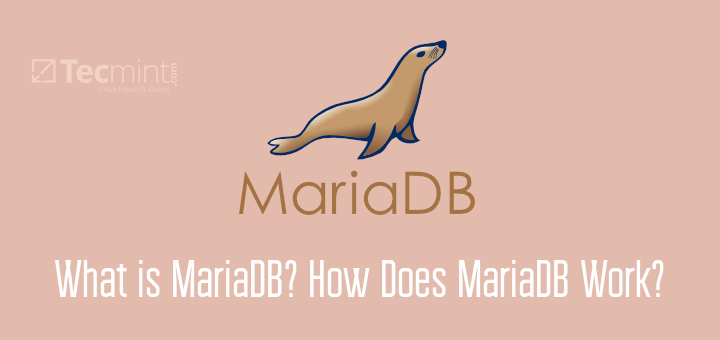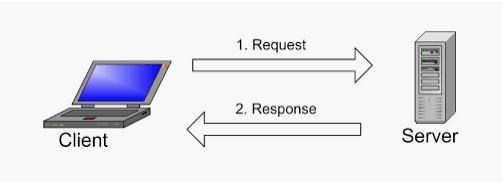MariaDB, a fork of MySQL is one of the most popular open-source SQL (Structured Query Language) relational databases management systems, made by the original developers of MySQL. It is designed for speed, reliability, and ease of use.
It is the default MySQL type database system in the standard repositories of most if not all major Linux distributions including RHEL (RedHat Enterprise Linux) and Fedora Linux. It also works on Windows and macOS, and many other operating systems. It is used as a replacement for MySQL database system in the LAMP (Linux + Apache + MariaDB + PHP) and LEMP (Linux + Engine-X + MariaDB + PHP) stack.
It’s development started due to concerns that arose when MySQL was acquired by Oracle Corporation in 2009. Now, the developers and maintainers of MariaDB do monthly merges with the MySQL code base to ensure that MariaDB has any relevant bug fixes added to MySQL.
MariaDB server is available under the GPL license, version 2, and its client libraries for C, Java, and ODBC are distributed under the LGPL license, version 2.1 or higher. It is offered in two different editions.
The first is the MariaDB Community Server which you can download, use, and modify for free. The second edition is the MariaDB Enterprise Server intended to replace proprietary databases and adopt open source in the enterprise.
Download MariaDB
How Does MariaDB Work?
Just like MySQL, MariaDB also uses a client/server model with a server program that files requests from client programs. As is typical of client/server computer systems, the server and the client programs can be on different hosts.
#databases #mariadb #mariadb tips

